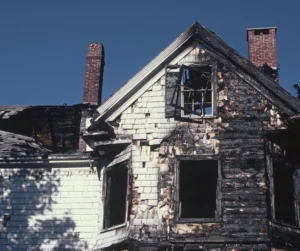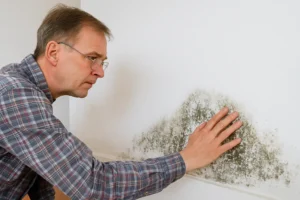Understanding the Common Causes of Sewage Backups
1. Clogged Pipes & Improper Disposal Practices
- Flushing items like wipes, paper towels, and hygiene products down the toilet can block your sewer line.
- Grease, oil, and food scraps poured down the drain can harden and cause blockages over time.
2. Tree Root Intrusion
- Roots from nearby trees can invade sewer lines, causing cracks and blockages.
- Older sewer lines made of clay or cast iron are particularly vulnerable.
3. Heavy Rainfall & Flooding
- Excess rainwater can overwhelm municipal sewage systems, pushing raw sewage back into homes.
- If your home is in a low-lying area, it may be at a higher risk.
4. Aging or Damaged Sewer Lines
- Sewer lines deteriorate over time, leading to cracks, collapses, and blockages.
- Homes with outdated plumbing systems may need pipe replacements to prevent issues.
Top Prevention Tips for Homeowners
1. Be Mindful of What Goes Down Your Drains
1. Only flush toilet paper—avoid flushing wipes, feminine hygiene products, or diapers.
2. Never pour grease or oil down the sink; instead, collect it in a container and dispose of it properly.
2. Install a Backwater Valve
1. A backwater valve prevents sewage from flowing back into your home during heavy rainfall or system overloads.
2. Many cities offer incentive programs to help homeowners cover installation costs.
3. Regularly Inspect & Maintain Your Plumbing System
1. Have a licensed plumber conduct annual inspections to check for early signs of blockages or damage.
2. Consider a professional sewer line cleaning every few years to remove debris and tree roots.
4. Redirect Rainwater Away from Your Home
1. Ensure gutters and downspouts are directing water away from your foundation.
2. Avoid connecting downspouts or sump pumps directly to the sewer system, as this can cause overflows.
What to Do If You Experience a Sewage Backup
If sewage backs up into your home, take the following immediate steps:
- Stop using water in your home to prevent more sewage from entering.
- Avoid contact with contaminated water, as it can carry harmful bacteria.
- Open windows for ventilation and wear protective gear if you need to enter the affected area.
- Call a professional sewage cleanup service like Tradewinds Restoration for expert remediation.
Protect Your Home from Sewage Backups – Contact Us Today!
By following these preventive measures, you can significantly reduce your risk of sewage backups and the costly damage they cause. However, if you experience a backup, immediate action is crucial to prevent long-term issues.
Need professional sewage cleanup or plumbing inspections? Contact Tradewinds Restoration today for expert solutions!





